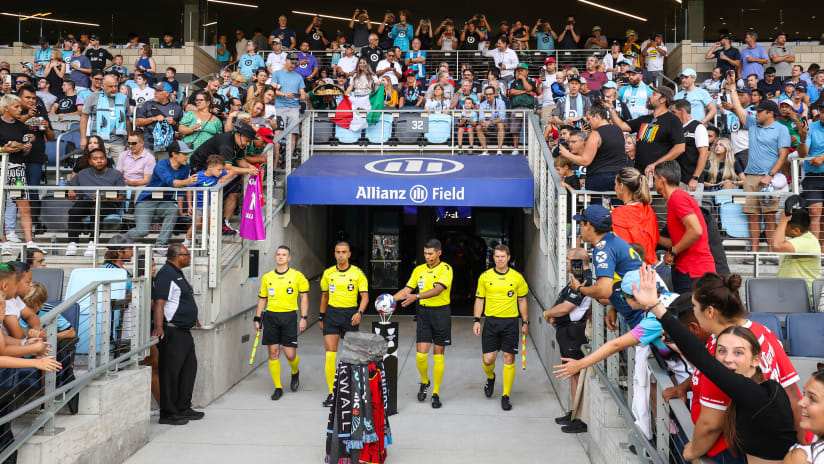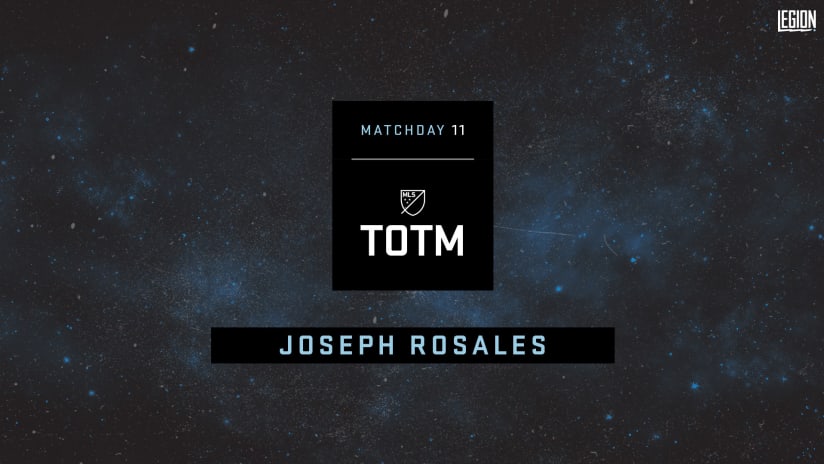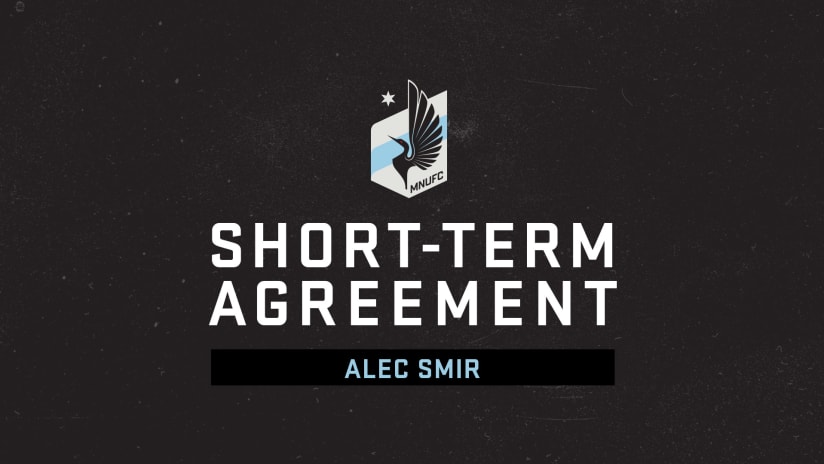Every now and then, Major League Soccer decides that it’s time to shake things up a bit. We’re used to the yearly tinkering with roster rules and the annual adjustments to the salary cap, but it’s pretty rare for us to see significant changes to how the game operates on the field. There’s always room for improvement, though, no matter how long you’ve done something a certain way. With the implementation of a few new rules, the league is hoping to improve the game little by little.
The purpose of the newest rule changes is to reduce time wasting, and it comes largely off the back of some larger initiatives in the sport to make sure that the proper amount of time is played. In the 2022 World Cup, for example, we saw an average of more than 11 minutes of stoppage time added to every match. This was the highest average of any World Cup, beating the previous edition by over four minutes and making for some dramatic finishes.
Likewise, league games across Europe—and right here in MLS—have seen increasingly longer stoppage time periods as referees try to satisfy FIFA’s gameplay guidelines. And while more soccer is always a good thing in my eyes, making games longer and longer doesn’t seem to be the most sustainable way to make sure we play a full 90 minutes each match.
So, after testing these rules out across MLS NEXT Pro, it’s officially time to introduce two brand new rules to the MLS rule rolodex. Let’s take a look at the details of each rule and a few of the reasons why they’re necessary.
Timed Substitution Rule
What:
When the fourth official holds up the substitution board, the player coming off will have 10 seconds to remove themselves from the pitch. If they take longer than 10 seconds to cross the nearest touchline, their replacement will have to wait for a holding period of 60 seconds before being allowed to come on, leaving their team at a disadvantage for a full minute of gameplay.
As with most rules, there are exceptions to this one. Goalkeeper and injury substitutions are allowed extra time. Special circumstances, including safety concerns or honoring a veteran player’s final appearance, will also be allowed. The referee’s will have discretion to allow extra time, and clubs will be allowed to submit requests for ceremonial purposes.
Lastly, while the referee will not be required to give a yellow card to a player that takes longer than 10 seconds to exit the field, they will be allowed to do so if they feel it was done in an effort to delay the game.
Why:
We’ve all seen it happen, and maybe you’ve been guilty of the offense yourself. Your team is winning a game with mere minutes left on the clock, and a substitute prepares to enter the field. The player coming off is suddenly struck by one of two things: an overwhelming appreciation for their teammates, the fans, and the ref, or a debilitating state of exhaustion that keeps them from moving any faster than a slow crawl.
It’s funny how often this happens, and it’s amazing how effectively this strategy takes any momentum out of a game. It’s almost like the players are doing it on purpose! But that can’t be right; that would be in the gray area of sportsmanship, and that’s not a great place to operate.
Starting this weekend, the directive is clear: when your number’s called, get off the field quickly and respectfully. Unless you’re injured—which we’re about to cover—we all know that you can run a few more steps to get to the touchline and call it a day. Don’t you dare cross the entire field clapping your hands while walking as slowly as humanly possible.
Off-Field Treatment Rule
What:
If a player goes to the ground injured and stays there for 15 seconds (timeframe is a guideline rather than a hard-and-fast rule), the referee will be allowed to waive the medical team onto the field to evaluate the player. Prior to allowing the medics onto the field, though, the official must ask the player if they need medical attention. If the player indicates that they don’t need any help, the ref may restart play.
If, however, medical attention is requested, the player will be moved off the field after an initial inspection to receive further treatment. If they are deemed fit enough to continue playing, the player in question will be required to wait a minimum of two minutes before re-entering the game, starting after the ball is put back into play. Prior to this change, there was no defined period of time that a player had to wait before returning to the field. Players already had to exit the field when they accepted medical attention, but they could be waived back on almost immediately by the referee when they were fit to return.
As always, there are exceptions and nuances to this rule. Head injuries and emergency situations will continue to be handled according to the In-Match Medical Emergency Action Plan, and injuries resulting from yellow or red card infractions will be exempt from the rule. Goalkeeper injuries, injured penalty kick takers, and bleeding players will also be exempt from this rule.
Why:
Injuries in the game are a serious matter and should not be taken lightly by players or officials. If a player is truly injured, they should receive proper treatment as quickly as possible. This rule is trying to mitigate the “faking” of injuries as a way of wasting time. Don’t roll around on the ground and make a scene just to delay the game. Ever heard of the boy who cried wolf? Let’s preserve the integrity of medical attention during matches, please.
VAR is For the People
This last point isn’t really a rule change per se, but more of a procedural adjustment. Starting this weekend, VAR decisions will be announced by the lead match official. You won’t have to wonder what they’ve decided any longer, as this American-football-style change will see referees state their decision over the stadium speakers and to the audiences watching at home. This shift is primarily meant to reduce viewer confusion and will be the first procedural change of its kind in a top soccer league.
Regardless of your opinions on VAR, more transparency can only be a good thing as we continue to navigate the nuances of this semi-recent addition to the game. Paired with the other two changes coming to the league, the hope is that increased transparency and safeguards will make the game run more smoothly and clearly.
As soccer continues to evolve, new rules are inevitable, both on and off the field of play. Between roster regulations and in-game guidelines, the world’s game is always growing and changing. It’s hard for purists to accept some of these changes, believe me, I know. More often than not, though, these changes work out for the better, making our game safer and more efficient. Bear with me here; I think we’re better off with this stuff.





